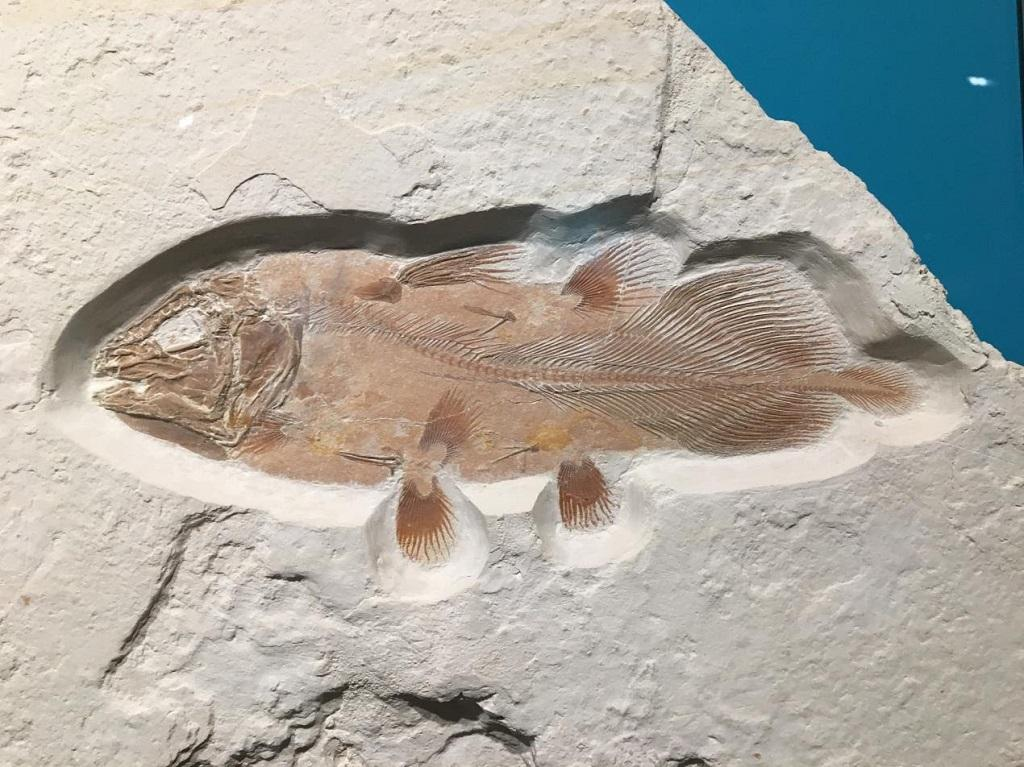
Facts in News |
|
Bilimora-Waghai Train |
|
World Radio Day (WRD) |
|
Chardham Pariyojana
|
|
Coelacanth Species
|
|
Visva-Bharati |
Rabindranath Tagore
|
Previous article
Developmental Projects in Assam
Next article
Women’s Rights Against Sexual Harassment at Work

